BLOG ENTRY: Pandora’s Promise Review
BLOG ENTRY: Pandora’s Promise Review
Introduction
Pandora’s Promise offered a polarizing introduction with a quote from an anti-nuclear protester, and carried on to provide an in-depth look in the nuclear energy debate. I truly enjoyed the opportunity to immerse myself in the stories of those who’ve had conflicting views about nuclear power, as I have had myself. Further, the film’s utilization of a wide-range of different topics (from nuclear weapons, to global warming, to the different kinds of nuclear reactors) helped build on my base knowledge of the nuclear energy industry.
Before delving into the specific topics discussed in the film, on a broader scale I appreciated the natural presentation of the facts. Rather than feeling like the movie was a propaganda piece, it was instead an interesting and informative movie that allowed for my own opinions to be tested.
Review: Specific Topics Covered
Nuclear Proliferation
The topic of nuclear proliferation was hit strongly in this film, as it’s one of the biggest issues facing nuclear power proponents. While I’m skeptical of monitoring capabilities, I concede that the film did dispel many of my concerns about the ability for these nuclear power facilities to be utilized easily to build dangerous weapons. I learned that many old Russian nuclear warheads are now being recycled to be used in reactors for usable energy! With that said, a broader range of interview from those in the security field at the Pentagon would have allowed a different perspective on this issue.
The United Nations offers the globe a wide range of tools to punish nuclear activity that could endanger public safety. Highlighting more of these specific tools, specifically the research done by the IAEA, would have assisted in further grasping the magnitude of the nuclear proliferation threat.
Climate Change
Climate change is the key to the current energy debate, and the nuclear debate. Pandora’s Promise focused on this message, and it’s something that resonated with me through the film. While nuclear power has its downsides, which was indicated at multiple points, the clock is ticking for action on climate action. Renown environmental activists such as Stewart Brand assist in making the green-driven case for nuclear energy. Specifically, the increase in carbon emissions from the developing world could be contained (with decreased levels of poverty) if we allowed for greater usage of nuclear power. This win-win is an area I’m glad the movie covered, as it’s the central argument that could be used to promote nuclear power.
The Obama administration, and government bodies across Europe and Japan, all highlighted nuclear power as a means to combat climate change. It’s imperative that these arguments are backed up with carbon emission goals, and the amount of progress that nuclear power will contribute to specifically.
Nuclear Accidents
The Chernobyl (shown above) and Three Mile Island accident are both important nuclear accidents that deserved greater analysis in this movie. While understanding that Western nuclear plants are often ore secure than what was put in place at Chernobyl, safety is still a concern for communities where proposed nuclear plants would be built. To strengthen the case for nuclear power, there should be a greater emphasis on safety standards put into place at an international scale. Questions about what makes Western plants different need to be answered more clearly.
The movie did utilize many scientific experts who had their own varying views. For example, Mark Lynas highlights the concerns from the Fukushima nuclear crisis. However, despite these potential costs of nuclear power, Lynas continues to make the case as to why nuclear power also offers so many benefits to the public. This offered an objective view on nuclear safety that allowed myself as the viewer to feel that the facts being stated were accurate. Further usage of these expert opinions, paired with an understanding of safety laws already in place, would likely bring about greater demand for nuclear power.
Conclusion
Nuclear power in the United States specifically is seemingly underutilized. This fuel source offers an opportunity for the public to tackle the climate change issue while concurrently bringing safer, more reliable energy to our homes. While there is a cost, especially in monetary terms as indicated by Michael Shellenberger, other energy sources are seemingly more damaging. Pandora’s Promise offered expert views on the benefits and costs of nuclear power. At points, I wish there would have been a greater usage of experts from a more expansive range of industries that may oppose further usage of the energy source. With that said, there was a broad range of different studies and historical information that presented a strong case (in my view) for quickly expanding nuclear power capacity. I would urge more advocates to use facts, research, and objective data (like in this film) to argue their case further. Admittedly, I was a nuclear skeptic going into this movie. Following my viewing, I am certainly more open to the expansion of this energy source.















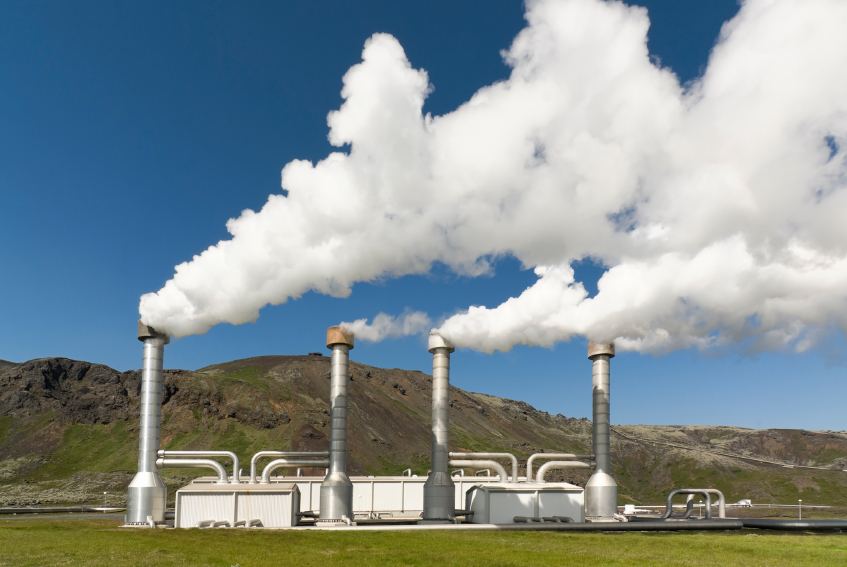





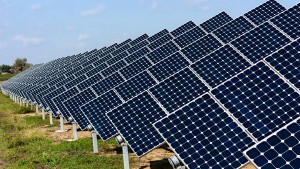
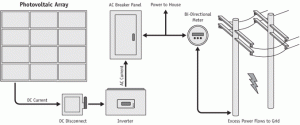

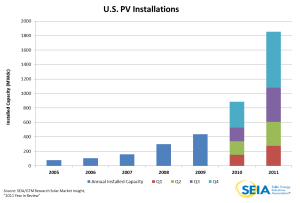
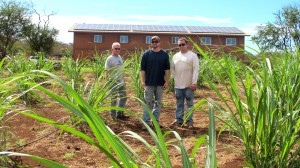
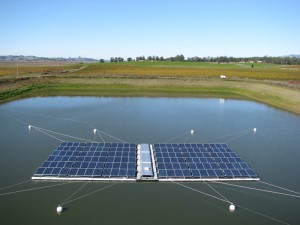


Recent Comments